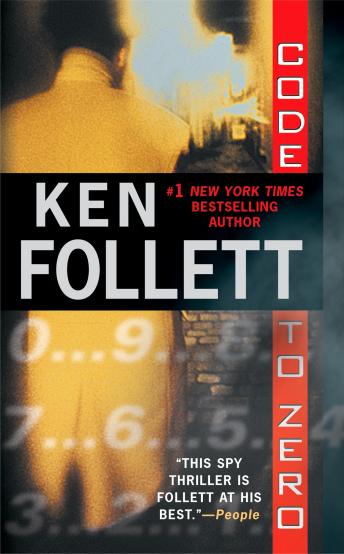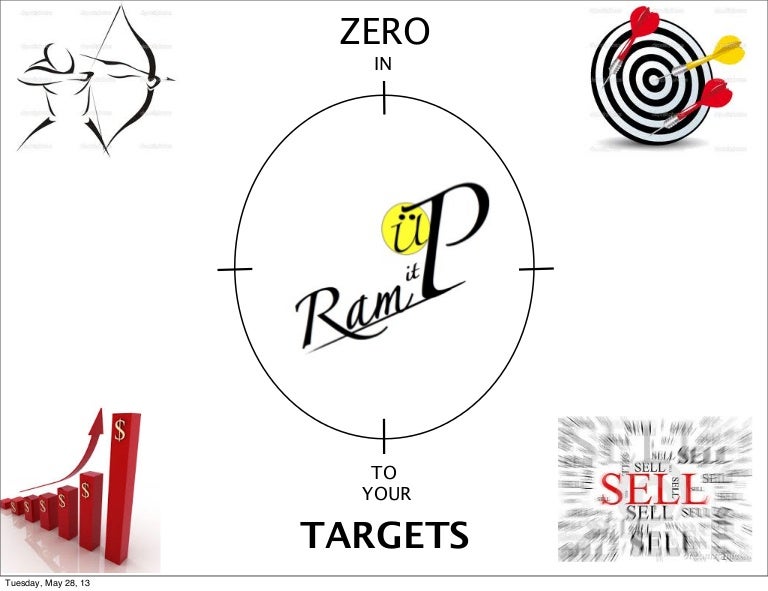
The scale shows Zero Score values ranging from 100 to zero, with three markers related to the project: BASELINE, TARGET and YOUR BUILDING. The Zero Scale is intended to help project teams better understand the requirements of an energy reduction target and visualize their relative progress towards achieving Zero Net Carbon. The Zero Score calculation methodology is compatible with approaches used for the Zero Energy Performance Index (zEPI) and the Home Energy Rating System (HERS) Index. A building’s current or target Zero Score can be determined by dividing the building’s current or target energy use intensity (EUI) by its baseline EUI. All values in between are plotted linearly. A Zero Score of zero represents a Zero Net Carbon building. The baseline, a Zero Score of 100, represents a typical modern building with an energy consumption profile based on data from the 2003 Commercial Building Energy Consumption Survey (CBECS) or the 2001 Residential Energy Consumption Survey (RECS) and normalized by climate, space type, building size, occupancy, and schedule. A Zero Score is a relative performance metric, so it can be used to compare buildings across all locations, types, and sizes. For more information about Zero Scores, see below.Ī Zero Score is a value assigned to a building, intended to help project teams understand the building’s energy performance and progress towards achieving Zero Net Carbon.
#Target code zero code#
The Zero Tool also expands on Target Finder’s features, providing simple, clear, and graphic results for visualizing baselines, building design targets, and existing building performance.Ī Zero Score allows properties and building codes to be compared based on their relative ‘percent from zero’, allowing for normalized property and code comparisons across diverse locations, space use types, and building characteristics.


The Zero Tool allows those designing to the 2030 Challenge and other targets to maintain pre-existing baselines in order to continue to measure their progress. The Zero Tool’s analysis is based on the CBECS 2003 dataset, an industry baseline which has been agreed upon by most building sector organizations including Architecture 2030, ASHRAE, AIA, and USGBC. However, ENERGY STAR changed their baseline from the 2003 Commercial Building Energy Consumption Survey (CBECS 2003) to CBECS 2012. Prior to the Zero Tool, ENERGY STAR’s Target Finder was the primary program for determining a building’s site energy use intensity (EUI) baseline and design target. The Zero Tool is used to compare an existing or planned building’s energy use intensity (EUI) with similar building types, understand how a building achieved its EUI (via energy efficiency, on-site renewable energy, and/or green power purchases), and set EUI targets.

In the modern NLP context, language models can be evaluated on downstream tasks without fine tuning.īenchmark datasets for zero-shot learning include (/dataset/apy), (/dataset/awa2-1), and (/dataset/cub-200-2011), among others.Architecture 2030 developed the Zero Tool for building sector professionals, 2030 Challenge and 2030 Commitment adopters, 2030 District Network Members, and policymakers. Other approaches learn non-linear multimodal embeddings. In the computer vision context, more recent advances learn mappings from image feature space to semantic space. The condition is that the classes are not known during supervised learning.Įarlier work in zero-shot learning use attributes in a two-step approach to infer unknown classes. **Zero-shot learning (ZSL)** is a model's ability to detect classes never seen during training.


 0 kommentar(er)
0 kommentar(er)
